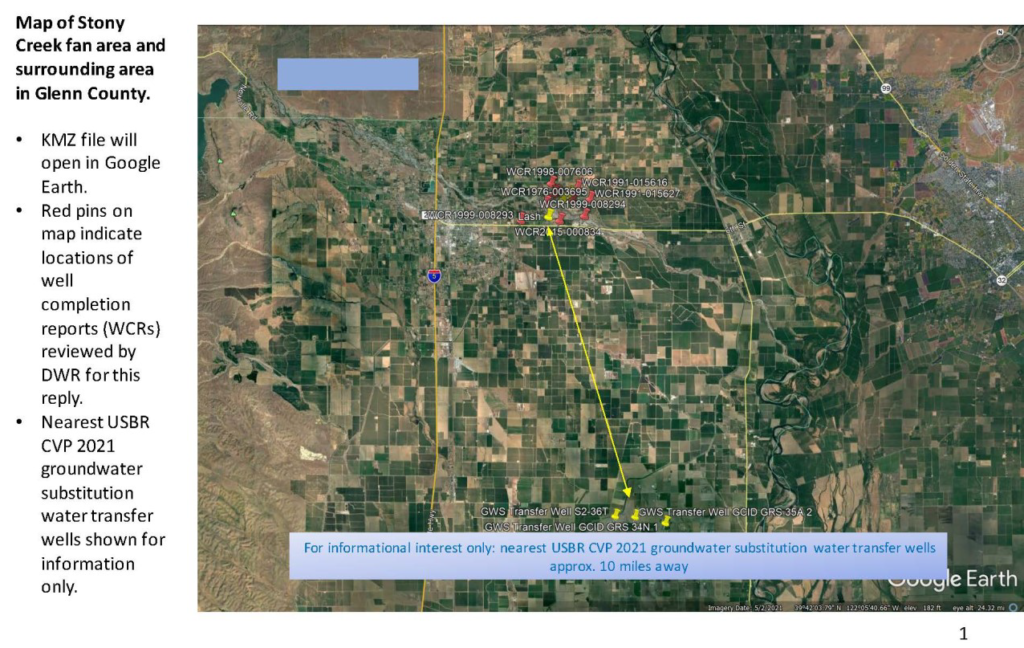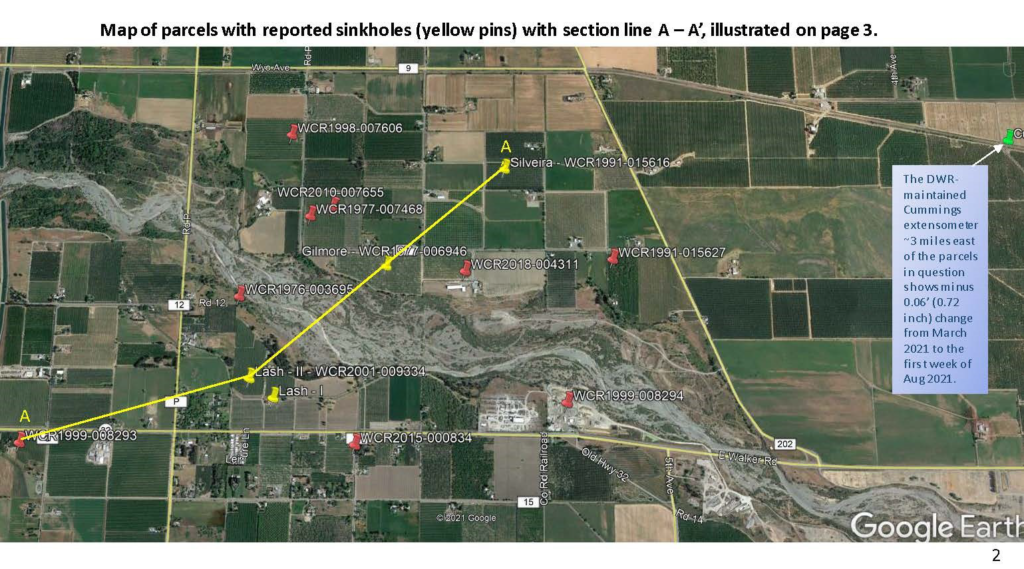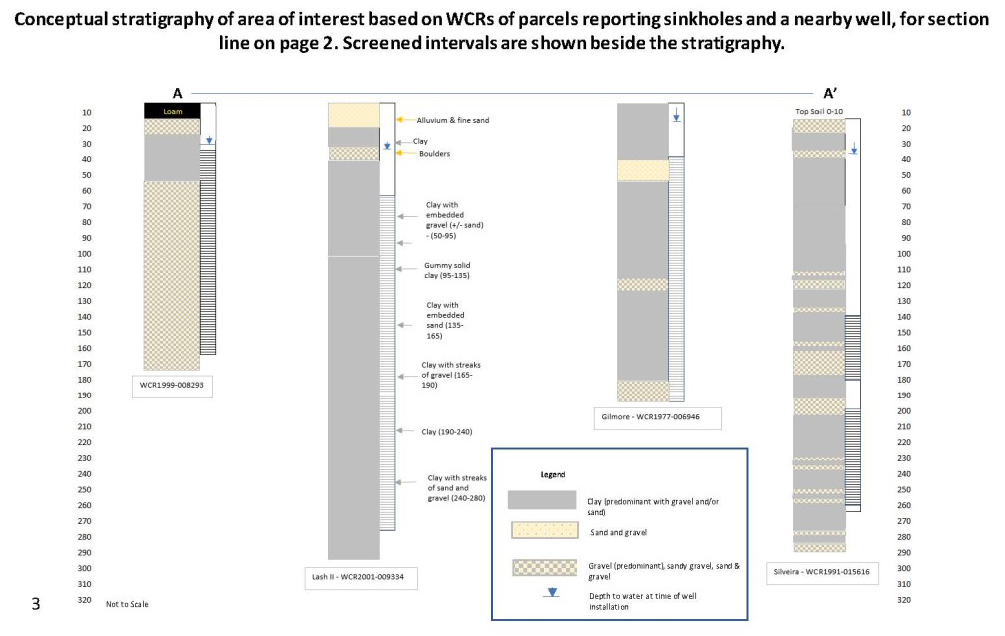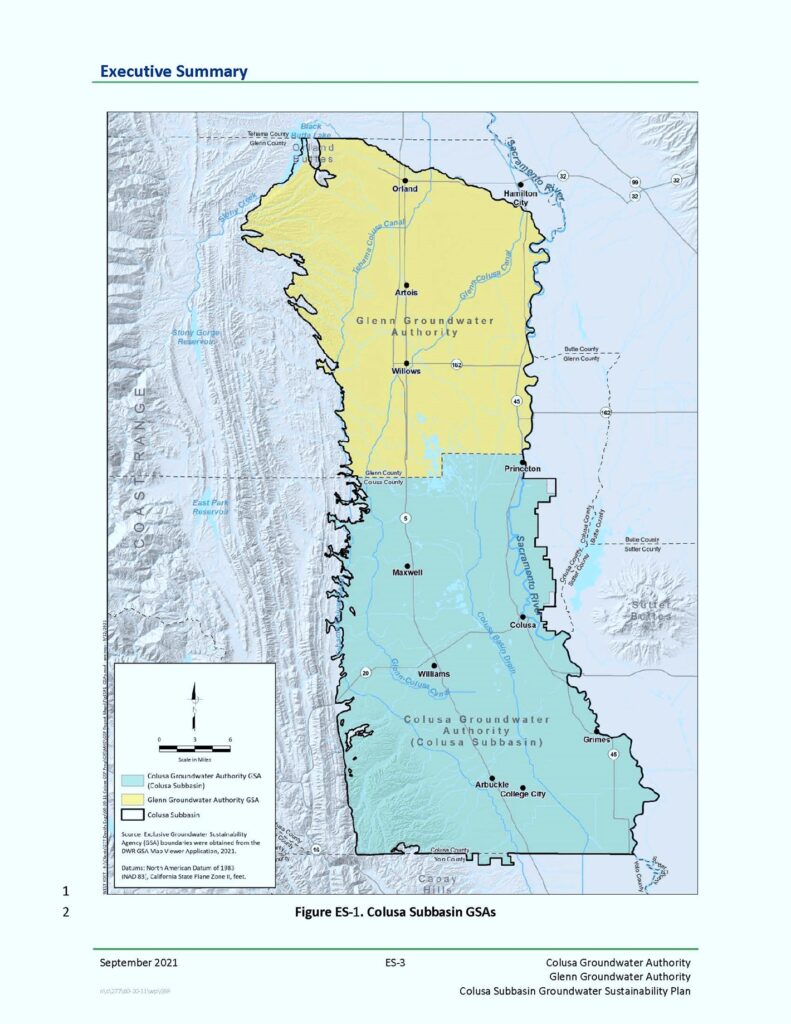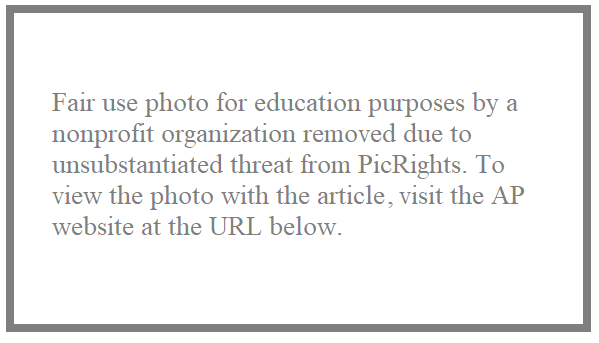
The celebrated Chico folk duo MaMuse has written a special song for AquAlliance. Karisha Longaker & Sarah Nutting are Chico women who understand the water of this region and of California. Sarah’s understanding of the Owens Valley background resonated with AquAlliance members who worked with them on this important song. MaMuse proudly presents River Under the River (The AquAlliance Song) and humbly requests that you donate generously to AquAlliance, enjoy their music and share this song with friends and family.
LYRICS
River Under the River : AquAlliance Song
By MaMuse (Sarah Nutting and Karisha Longaker)
There is a River under the River, moving in darkness, fertile life giver.
There is a river under the river, steadily feeding us all. (2x)
What is hidden, what can’t be seen? This water that lives beneath….
The Source of Everything, the Source of Everything.
There is a River under the River, moving in darkness, fertile life giver.
There is a river under the river, steadily feeding us all.
In the San Joaquin where are the trees? Why all the dust in the Owen’s Valley?
Waters once flowed wildly. This war causes so much tragedy.
Water Underground, into the cracks with you we go.
Keeper of the deeps, your life too precious to be sold, to be sold.
We have witnessed firsthand the draining of the aquifers leading to the desertification of what are now called the “Owens” and “San Joaquin” valleys in California. Due to extreme extraction, the Sacramento Valley is in danger of this same dry fate. The trees, the salmon, the people, are all at stake. As water protector Maude Barlow says, “When you extract water from a fertile place to feed a desert, you do not end up with two fertile places, you end up with two deserts.” We know this now and we can’t un-know it. What will be our legacy? Will we continue to extract waters from the North? Or choose to make amends for where we have gone South?
We sing out for our lives, sing out in these times for those who cannot speak.
Reclaiming our lives, defending the rights of the waters that flow beneath.
Run River, Run River, Run Water, Run. Run River, under the River, Run River Run.
There is a River under the River, moving in darkness, fertile life giver.
There is a river under the river, steadily feeding us all.
Water underground, into the cracks with you we go.
Keeper of the deeps, your life too precious to be sold, to be sold.
What is hidden, what can’t be seen? This water that lives beneath.
The source of everything. The source of Everything.


